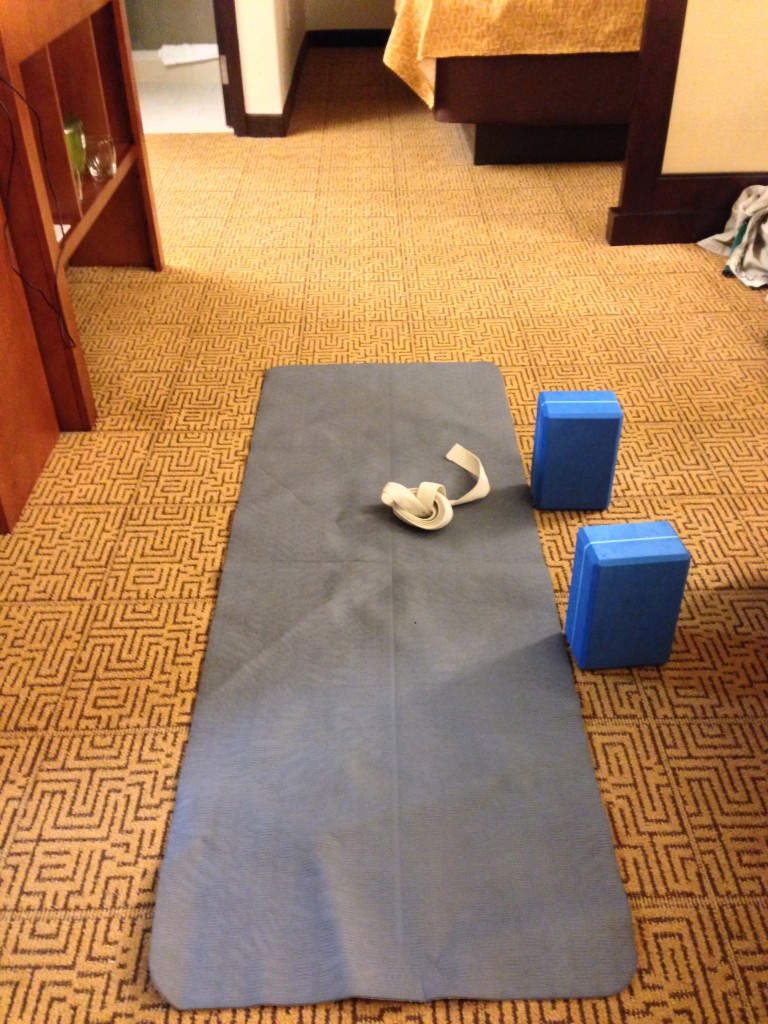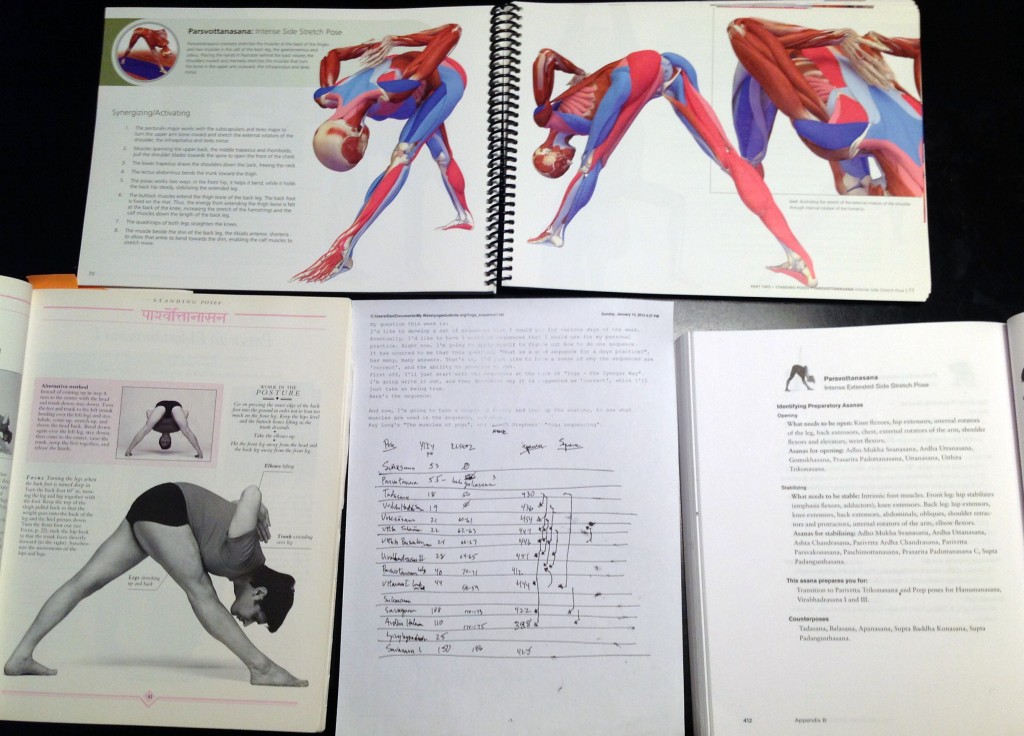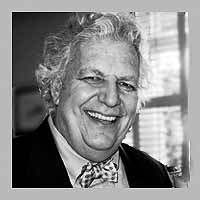 For the last couple of weeks I’ve been waiting for the answer to ‘appear’ to me, the answer about how to approach a home practice. Yesterday was New Year’s day, I had a new thought on the matter. Why would I approach yoga any different than anything else in my life?
For the last couple of weeks I’ve been waiting for the answer to ‘appear’ to me, the answer about how to approach a home practice. Yesterday was New Year’s day, I had a new thought on the matter. Why would I approach yoga any different than anything else in my life?
Perhaps it took two weeks to make this connection because of both the complexity and the simplicity of yoga.
It’s simple, just do the practice (which is the part I’m trying to define) and the results will Passion come. That’s the beauty (and the paradox) of yoga, if you have a regular practice, and stick with it long enough, the results will be attained. At one level, it doesn’t matter if you understand what you are doing, or the ‘theory’ behind it. Just do it! The wonderful thing is that this is true for anyone of any age of any ability.
But how can it be true that the benefits are available by ‘just doing‘? Why is it in my classes that the instructors are giving precise instructions to each pose, pointing out the various muscles to contract or release, and the alignment of the body and the joints, that’s not quite ‘just doing it’! If everything is available by ‘just doing’, why are all these instructions coming at me?
Ok, perhaps it’s not ‘available by just doing‘, it’s more like the benefits are ‘not available without doing‘. Sort of a double negative makes a positive? Like the formulas: ‘-1 * -1 = 1’ and ‘1 * 1 = 1’ If you’re curious, here’s a link to something you can ponder.
I’ve decided that I need to wholesale jerseys do a practice everyday, or else the benefits won’t come. Action brings results.
Now for the complexity, and it can be complex. In order to understand the ideas and internalize the concepts, I’m trying to compare yoga concepts to things that I already know. There seem to be some similarities to music or the machines I have at work (these machines stuff envelopes, fold paper, and I have a big network of computers doing all sorts of functions).
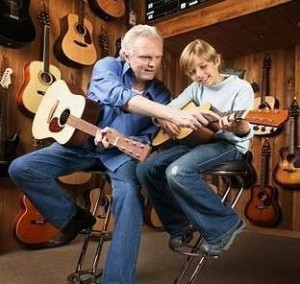 Let’s start with music. I took guitar lessons from a couple of wonderful teachers while I was young, and learned all sorts of things. There are the strings and the frets. You push down on a string with your left hand, and pluck the string with your right hand. The note cheap nba jerseys changes based on which string your hand is on, and which fret. And, not so oddly, the frets are located so that the strings play various notes and the whole instrument is tuned so that you can play any note, over a wide range.
Let’s start with music. I took guitar lessons from a couple of wonderful teachers while I was young, and learned all sorts of things. There are the strings and the frets. You push down on a string with your left hand, and pluck the string with your right hand. The note cheap nba jerseys changes based on which string your hand is on, and which fret. And, not so oddly, the frets are located so that the strings play various notes and the whole instrument is tuned so that you can play any note, over a wide range.
To learn the guitar, you start by doing. There is theory, like scales (relationships cheap jerseys between tones) and how to combine notes to make chords. Then you get into keys, which are the ‘scales’ or sets of notes that are in the song, or a portion of a song. You’ve heard the “key of D” (this might be a song like Jingle Bells),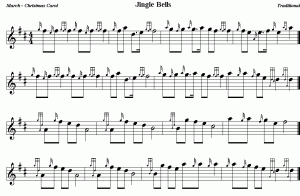 or minor keys such as “A minor” (this might be a blues song, like the great Les Brers in A minor by the Allman Brothers)
or minor keys such as “A minor” (this might be a blues song, like the great Les Brers in A minor by the Allman Brothers)
And there is the structure of songs. Songs have an introduction, a main melody, sometimes they build Life up to a peak, and then a ‘cool down’ to the end. Along the way, there are portions that resonate and portions that create discord (a ‘tension’ between the notes). There are repetitions of the melody, and variations on a theme.
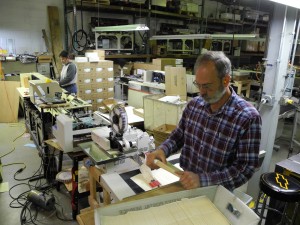 Regarding the machines at my work, the more that I look at them and watch them in operation, the more that I understand them. The basic design of the letter inserting machine was developed in the 1920’s. Since then, it has been improved and refined, most lately with the addition of electronic controls. Recently I was adjusting the settings for a complicated job, and had the opportunity to study a small section of the machine. I looked at the part of the machine where one piece of paper is pulled from the bottom of a stack… there were 11 possible adjustments in that one area. I wondered why those adjustments were consiously built into the machine. I concluded that the engineers that study, invent, design, and manufacture these machines designed the adjustments so that during certain types of production, the machine runs smoothly.
Regarding the machines at my work, the more that I look at them and watch them in operation, the more that I understand them. The basic design of the letter inserting machine was developed in the 1920’s. Since then, it has been improved and refined, most lately with the addition of electronic controls. Recently I was adjusting the settings for a complicated job, and had the opportunity to study a small section of the machine. I looked at the part of the machine where one piece of paper is pulled from the bottom of a stack… there were 11 possible adjustments in that one area. I wondered why those adjustments were consiously built into the machine. I concluded that the engineers that study, invent, design, and manufacture these machines designed the adjustments so that during certain types of production, the machine runs smoothly.
While standing at, staring at and thinking about that machine, I realized that Mr. Iyengar has acquired that kind of knowledge of the body and mind, by studying it for 75 years within the context of yoga.
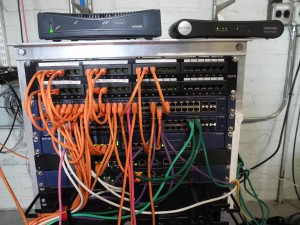 Then, add the computer infrastructure at work, with the connectivity within the building via our LAN and to the ‘outside world’ via the Internet. Many of the functions of these computers are called services or ‘daemons’. The computers wait for an inquiry of some sort, Welcome and then respond. Each service has it’s own function (i.e. a web server, email server, telephone service, etc). This alone has taken years and years to put together. And as I progress, so do the capabilities of networks and computers in general. It is a never ending process of self renewal and advancement.
Then, add the computer infrastructure at work, with the connectivity within the building via our LAN and to the ‘outside world’ via the Internet. Many of the functions of these computers are called services or ‘daemons’. The computers wait for an inquiry of some sort, Welcome and then respond. Each service has it’s own function (i.e. a web server, email server, telephone service, etc). This alone has taken years and years to put together. And as I progress, so do the capabilities of networks and computers in general. It is a never ending process of self renewal and advancement.
How does one learn all of this? I guess you could say ‘the hard way’, or perhaps ‘the only way’. Trial and error, lots of experiments, wholesale jerseys many times of frustration or lack of progress, and a cumulative increase in knowlege and capability over time.
Why would learning and progress in yoga require any different than these other areas? The answer that came yesterday is that it isn’t fundamentally any different.
My intention is to apply all of the learning skills I acquired in these other domains over to my interest in yoga.
Here is my approach:
- A daily practice (you’re interval might vary)
- Be able to identify the major components of the ‘big picture’ of yoga
- Take a small cheap mlb jerseys portion, such as a muscle movement, a pose, or a pose sequence, and investigate it, play with it, make adjustments, understand how it works, internalizing the knowledge so that it is available for recall and use without effort
- Move to the next small portion.
- Understand the fundamental components of yoga
- Body parts: bones, muscles, connectivity
- Poses: position of joints, muscles used or relaxed
- Sequences: how to understand the basics of sequencing the poses
- Class construction: Startup, energy ramp, peak, cooldown
- Experiment with generating my own classes

